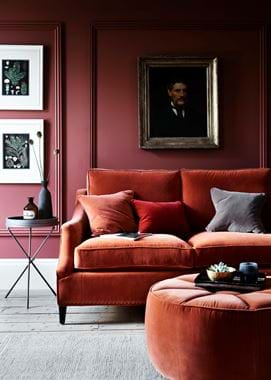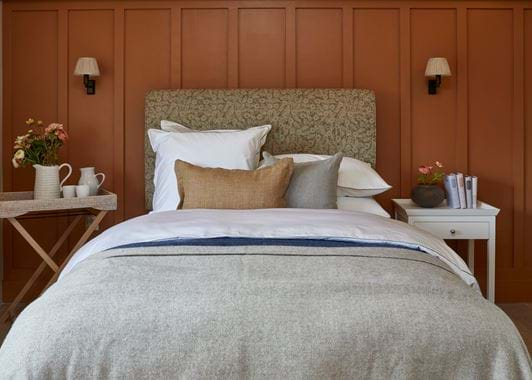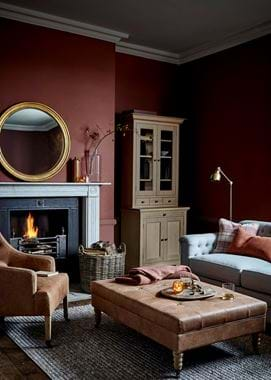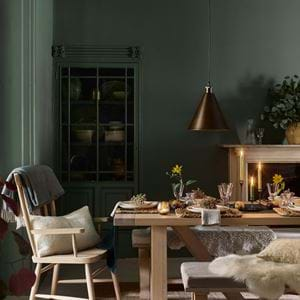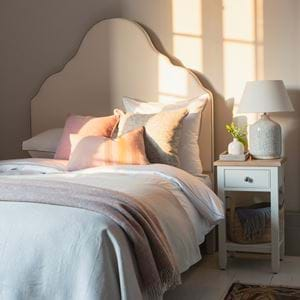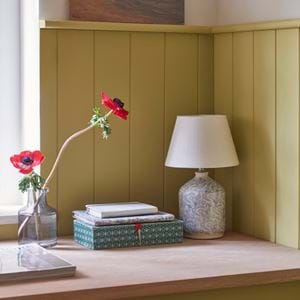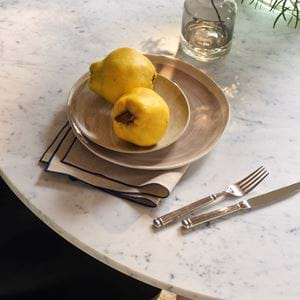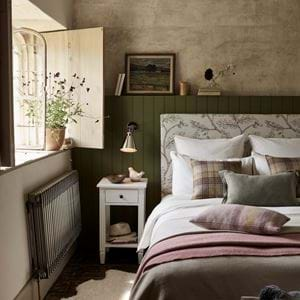On Chestnut by Kassia St Clair
On Chestnut by Kassia St Clair
In tribute to the rich hues of chestnut brown in decorating today, Kassia St Clair looks back over millennia to find the source of its allure.
When late-19th-century Europeans imagined their earliest ancestors, they likely conjured either the Old Testament or a dim impression of crude savages. So it was with first doubt and then utter dismay that they learned about the sophisticated works of art painted in caves by Neolithic man. The impact this new canon – herds of burnt-umber bison, red ochre handprints, abstract designs composed of dots and lines in charcoal – on contemporary society can scarcely be overstated. Picasso, emerging dazed from a pilgrimage to a collection of 14,000-year-old cave paintings at Altamira in Spain, is said to have uttered the immortal line: ‘After Altamira, all is decadence.’
Picasso’s awe is understandable. These discoveries expanded the limit of human intelligence. Moreover, the palette being used by our earliest ancestors overlapped in large part with the one he used himself. Rich red browns like burnt sienna, red ochre and umber – earth pigments – had, it turned out, been fundamental to creativity for tens of thousands of years.
There is something about that odd mixture of humility and sophistication that comes easily to rich browns. On the one hand, they remind us of the ground beneath our feet. Dust to dust. Ashes to ashes. On the other, browns are luxurious and expressive. These are the tones of Rembrandt, Van Dyke, Gentileschi and Caravaggio. The restrictions of their palettes and their commitment to earth browns marked them out as geniuses. Reddish browns were also – at least during the nineteenth century – supremely fashionable. Admirers cooed over the inherent sumptuousness and subtleties of chestnut, marron, cordovan and marsala. A chic woman of the 1870s, for example, might wear a chestnut felt and beaver headdress trimmed with brown velvet and pheasant wings. (At least one did.) A much-admired luncheon dress of 1887 was tan striped with brown and gold, trimmed at the wrists with chestnut-brown velvet, the ensemble made crisp with white linen shawl. The modish men and women wearing such confections might not have wanted to believe they had anything in common with Neolithic man. The lure of a perfect colour, though, is everlasting.
Kassia St Clair’s book ‘The Secret Lives of Colour’ was Radio 4’s ‘Book of the Week’. She is also a broadcaster and writes for The Economist and Architectural Digest. Her ELLE Decoration colour column has been running since 2013. Discover our Chestnut paint and try it out for yourself here.

